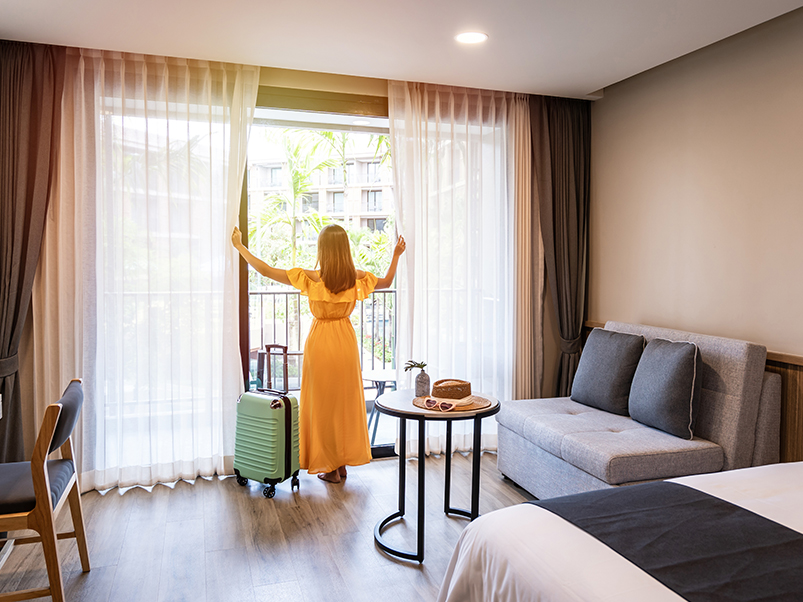
Choosing a used handicap van is more than a vehicle purchase—it’s selecting a tailored mobility solution. Because adaptive modifications and conversions vary widely, buyers must navigate technical, structural, and vendor variables.
Understanding Industry Trends & Live Inventory
The accessible vehicle and converter market continues to show steady growth. Conversion firms are investing in new ramp technologies and modular designs. For example, MobilityWorks currently lists over 500 used wheelchair vans in active inventory, spanning side-entry, rear-entry, full-size, and minivan types. BraunAbility also maintains a robust lineup of new and pre-owned wheelchair accessible vans covering popular manufacturers like Chrysler, Toyota, Honda, and Chevrolet. These real listings help you understand what’s available, comparative features, and real conversion brands in service.
Models & Conversion Providers: Options, Strengths & Weaknesses
Leading Conversion Companies & Their Approaches
Several established conversion firms dominate the adaptive mobility space:
- BraunAbility — offers factory-certified side and rear conversions, modular ramp systems (foldout, infloor), and strong dealer support. Their portfolio includes conversions on Chrysler Pacifica, Toyota Sienna, Honda Odyssey, and more.
- Vantage Mobility (VMI) — known for side entry and all-wheel drive options on Toyota Sienna and other models.
- AMS Vans — focuses on modular, custom conversions with flexibility for layout changes.
- Rollx Vans — offers luxury and full-size custom conversions with emphasis on high headroom and creative floorplans.
These providers typically offer two paths: model-based designs (pre-engineered conversions on popular minivans) or custom builds (tailored equipment, layout, roof height, etc.)
Popular Models & Their Variants
Below are several commonly converted vehicle models, with notes on their variant options:
- Chrysler Pacifica / Voyager — often converted by BraunAbility with side-entry foldout or infloor ramp, or rear-entry variants. Offers wide interior clearance and modular seating.
- Toyota Sienna (Hybrid) — conversions frequently include power infloor ramps or foldout ramps, with benefits of fuel efficiency and hybrid drivetrain.
- Honda Odyssey — infloor ramp systems preserve cabin space; good option for users needing smooth access with minimal intrusion.
- Chevrolet Traverse / SUV conversions — newer SUV conversions by BraunAbility allow users to access adaptive mobility in SUV form factors.
- Full-size vans like Ram ProMaster — commonly used for multi-wheelchair transport with high roofs and robust conversion gear. MobilityWorks lists full-size wheelchair vans.
Types of Entry & Ramp / Lift Options
Understanding conversion mechanics is essential. Common configurations include:
- Side entry — foldout ramp: a foldable ramp deployed from side sliding door; useful in standard parking spots.
- Side entry — infloor ramp: ramp stored underfloor, rising when needed to minimize intrusion in cabin.
- Rear entry ramp/lift: simpler conversion located at rear door—less expensive but fewer layout options.
- Platform or lift systems: mechanical lifts that raise/lower a wheelchair platform, rather than ramps.
Each option has trade-offs: ramp angle, garage clearance, deployment space, reliability, and maintenance complexity.
Inspection & Reliability Checklist
Because conversions build on a base vehicle, your inspection must cover both chassis and adaptive systems. Key areas to probe:
- Conversion mechanics: test ramp or lift motion, check motor torque, inspect hydraulic lines and structural welds.
- Frame & structural integrity: check for reinforcement welds, cracks, rust near cutouts or brackets.
- Undercarriage & suspension: confirm vehicle can carry modified load; check sag, alignment, rear springs, shock condition.
- Electrical & control modules: test wiring harness, connectors, switches, backup sensors; look for aftermarket splices or brittle insulation.
- Seat track & tie-down systems: verify wheelchair tie-down rails, belts, anchor strength and certification labeling.
- Parts history & support: ask for documentation of replacement parts, conversion logs, recalls, and availability of new ramp motors or kits.
- Third-party mobility specialist inspection: if possible, hire a mobility van expert to validate conversion work and system safety.
Sourcing Reliable Listings & Dealers
Here are several live sources to browse or contact for used handicap vans:
- MobilityWorks used wheelchair vans — largest active inventory with filtering by entry type, model, price, and conversion type.
- BraunAbility used & certified vans — includes certified pre-owned conversions.
- BLVD used wheelchair vans marketplace — aggregates dealer and private listings nationwide.
- MobilityWorks used handicap van listings — shows live examples, inspection data, condition, and photos.
- MobilityWorks used full-size vans — specialized full van segment.
- Sell your used wheelchair accessible vehicle (MobilityWorks) — useful for trade-in or replacement.
Cost, Lifecycle & Maintenance Considerations
Even though we avoid listing exact prices, it’s critical to evaluate ongoing costs:
- Conversion electronics and motor parts (ramps, hydraulic pumps) often wear out and must be replaced periodically.
- Custom or rare conversions may require special ordering of components, which raises lead times and costs.
- Chassis wear (brakes, suspension, transmission) is magnified by extra weight and usage cycles of ramp systems.
- Count in labor: mobility specialist labor rates are higher than typical auto garages because of conversion complexity.
- Warranty & certification: some conversions retain factory or certified coverage on ramps or structural work, which reduces risk.
Choosing the Right Van for Your Needs
To zero in on the correct van, here are decision criteria to align with your scenario:
- User mobility needs: ramp inclination, boarding side, transfer height, control access all matter.
- Parking & clearance constraints: garage height, curbside space, ramp swing distance.
- Support network & parts access: prefer conversions with good dealer support in your region.
- Future adaptability: whether seats or controls can be reconfigured later.
- Resale value: reputable conversions with full documentation tend to hold value better.
Conclusion
Purchasing a used handicap van is a nuanced process that blends regular automotive expertise with depth in adaptive systems. By studying real-time inventory from dealers like MobilityWorks and conversion leaders like BraunAbility, you gain visibility into competitor offerings and design norms. Evaluate models like Chrysler Pacifica, Toyota Sienna, Honda Odyssey, and full vans based on ramp type, adjustability, and support systems. Use our inspection checklist, weigh maintenance costs, and always demand credible documentation. With thoughtful evaluation, you can land a reliable, safe, and well-adapted used handicap van that supports mobility with confidence.



